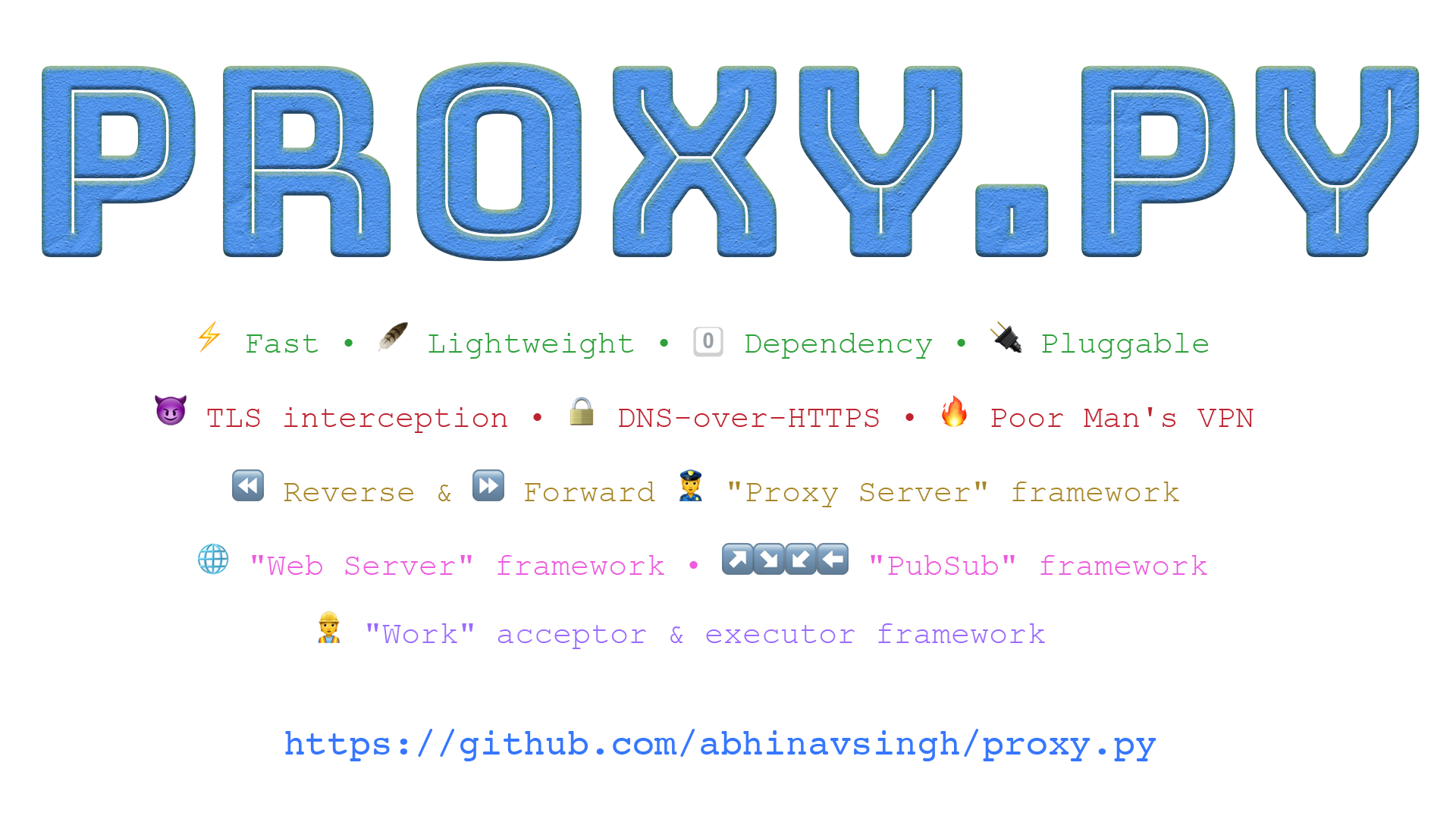GeNER
This repository provides the official code for GeNER (an automated dataset Generation framework for NER).
Overview of GeNER
GeNER allows you to build NER models for specific entity types of interest without human-labeled data and and rich dictionaries. The core idea is to ask simple natural language questions to an open-domain question answering (QA) system and then retrieve phrases and sentences, as shown in the query formulation and retrieval stages in the figure below. Please see our paper (Simple Questions Generate Named Entity Recognition Datasets) for details.
Requirements
Please follow the instructions below to set up your environment and install GeNER.
# Create a conda virtual environment
conda create -n GeNER python=3.8
conda activate GeNER
# Install PyTorch
conda install pytorch=1.9.0 cudatoolkit=11.1 -c pytorch -c conda-forge
# Install GeNER
git clone https://github.com/dmis-lab/GeNER.git
cd GeNER
pip install -r requirements.txt
NER Benchmarks
Run unzip data/benchmarks.zip -d ./data to unpack (pre-processed) NER benchmarks.
QA Model and Phrase Index: DensePhrases
We use DensePhrases and a Wikipedia index precomputed by DensePhrases in order to automatically generate NER datasets. After installing DensePhrases v1.0.0, please download the DensePhrases model (densephrases-multi-query-multi) and the phrase index (densephrases-multi_wiki-20181220) in the official DensePhrases repository.
AutoPhrase (Optional)
Using AutoPhrase in the dictionary matching stage usually improves final NER performance. If you are using AutoPhrase to apply Rule 10 (i.e., refining entity boundaries), please check the system requirements in the AutoPhrase repository. If you are not using AutoPhrase, set refine_boundary to false in a configuration file in the configs directory.
Computational Resource
Please see the resource requirement of DensePhrases and self-training, and check available resources of your machine.
- 100GB RAM and a single 11G GPU to run DensePhrases
- Single 9G GPU to perform self-training (based on batch size 16)
Reproducing Experiments
GeNER is implemented as a pipeline of DensePhrases, dictionary matching, and AutoPhrase. The entire pipeline is controlled by configuration files located in the configs directory. Please see configs/README.md for details.
We have already set up configuration files and optimal hyperparameters for all benchmarks and experiments so that you can easily reproduce similar or better performance to those presented in our paper. Just follow the instructions below for reproduction!
Example: low-resource NER (CoNLL-2003)
This example is intended to reproduce the experiment in the low-resource NER setting on the CoNLL-2003 benchmark. If you want to reproduce other experiments, you will need to change some arguments including --gener_config_path according to the target benchmark.
Retrieval
Running retrieve.py will create *.json and *.raw files in the data/retrieved/conll-2003 directory.
export CUDA_VISIBLE_DEVICES=0
export DENSEPHRASES_PATH={enter your densephrases path here}
export CONFIG_PATH=./configs/conll_config.json
python retrieve.py \
--run_mode eval \
--model_type bert \
--cuda \
--aggregate \
--truecase \
--return_sent \
--pretrained_name_or_path SpanBERT/spanbert-base-cased \
--dump_dir $DENSEPHRASES_PATH/outputs/densephrases-multi_wiki-20181220/dump/ \
--index_name start/1048576_flat_OPQ96 \
--load_dir $DENSEPHRASES_PATH/outputs/densephrases-multi-query-multi/ \
--gener_config_path $CONFIG_PATH
Applying AutoPhrase (optional)
apply_autophrase.sh takes as input all *.raw files in the data/retrieved/conll-2003 directory and outputs *.autophrase files in the same directory.
bash autophrase/apply_autophrase.sh data/retrieved/conll-2003
Dictionary matching
Running annotate.py will create train.json and train_hf.json files in the data/annotated/conll-2003 directory. The first JSON file is used in this repository, especially in the self-training stage. The second one has the same data format as the Hugging Face Transformers library and is provided for your convenience.
python annotate.py --gener_config_path $CONFIG_PATH
Self-training
Finally, you can get the final NER model and see its performance. The model and training logs are stored in the ./outputs directory. See the Makefile file for running experiments on other benchmarks.
make conll-low
Fine-tuning GeNER
While GeNER performs well without any human-labeled data, you can further boost GeNER's performance using some training examples. The way to do this is very simple: load a trained GeNER model from the ./outputs directory and fine-tune it on training examples you have by a standard NER objective (i.e., token classification). We provide a fine-tuning script in this repository (self-training/run_ner.py) and datasets to reproduce fine-grained and few-shot NER experiments (data/fine-grained and data/few-shot directories).
export CUDA_VISIBLE_DEVICES=0
python self-training/run_ner.py \
--data_dir data/few-shot/conll-2003/conll-2003_0 \
--model_type bert \
--model_name_or_path outputs/{enter GeNER model path here} \
--output_dir outputs/{enter GeNER model path here} \
--num_train_epochs 100 \
--per_gpu_train_batch_size 64 \
--per_gpu_eval_batch_size 64 \
--learning_rate 1e-5 \
--do_train \
--do_eval \
--do_test \
--evaluate_during_training
# Note that this hyperparameter setup may not be optimal. It is recommended to search for more effective hyperparameters, especially the learning rate.
Building NER Models for Your Specific Needs
The main benefit of GeNER is that you can create NER datasets of new and different entity types you want to extract. Suppose you want to extract fighter aircraft names. The first thing you have to do is to formulate your needs as natural language questions such as "Which fighter aircraft?." At this stage, we recommend using the DensePhrases demo to manually check the feasibility of your questions. If relevant phrases are retrieved well, you can proceed to the next step.
Next, you should make a configuration file (e.g., fighter_aircraft_config.json) and set up its values. You can reflect questions you made in the configuration file as follows: "subtype": "fighter aircraft". Also, you can fine-tune some hyperparameters such as top_k and normalization rules. See configs/README.md for detailed descriptions of configuration files.
{
"retrieved_path": "data/retrieved/{file name}",
"annotated_path": "data/annotated/{file name}",
"add_abbreviation": true,
"refine_boundary" : true,
"subquestion_configs": [
{
"type": "{the name of pre-defined entity type}",
"subtype" : "fighter aircraft",
"top_k" : 5000,
"split_composite_mention": true,
"remove_lowercase_phrase": true,
"remove_the": false,
"skip_lowercase_ngram": 1
}
]
}
For subsequent steps (i.e., retrieval, dictionary matching, and self-training), refer to the CoNLL-2003 example described above.
References
Please cite our paper if you consider GeNER to be related to your work. Thanks!
@article{kim2021simple,
title={Simple Questions Generate Named Entity Recognition Datasets},
author={Hyunjae Kim and Jaehyo Yoo and Seunghyun Yoon and Jinhyuk Lee and Jaewoo Kang},
year={2021},
eprint={2112.08808},
archivePrefix={arXiv},
primaryClass={cs.CL}
}
Contact
Feel free to email Hyunjae Kim ([email protected]) if you have any questions.
License
See the LICENSE file for details.






